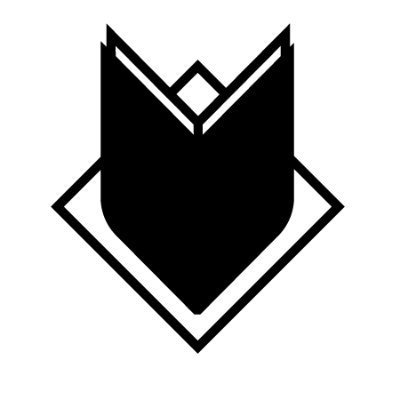C2E2 2021: Larry Hama on how to write comics that are actually good
By Zack Quaintance — At C2E2 2021, Larry Hama sat down for a chat with Amy Chu about his illustrious career, the difficulty of breaking in, and the many (many) things that he has learned about writing along the way. This was one of only two panels I attended at the show (look, I was there for a good time, not a long time…or something like that), and it was the highlight of my comics weekend (aside from this).
Quite frankly, Hama talked about writing comics in ways I’d never heard any other creator discuss it. I found it inspirational, and I spent the hour-long panel furiously typing his direct quotes into my phone. And now, folks, I have some of those quotes to share with you today. I hope you find this bits of wisdom as inspiring as I did. Who knows? Maybe this will be the push I need to make a new comic in 2022…
Enjoy!
Larry Hama on How to Write Comics
Before we get into Hama’s thoughts on writing, first a bit about Hama’s comics writing resume. Hama, a former Marvel Comics editor, is perhaps best known for his work on GI Joe, which is ongoing and has so far spanned nearly 300 issues, or will get there in the next year or two anyway, with GI Joe #289 due out early next year. Aside from that, Hama also wrote an all-time great run on the Wolverine solo comic. Those are the headlining accomplishments; his career in comics has been much longer than that…
Hama started the panel by noting that even though he was an editor at Marvel, he couldn’t get any work writing comics for Marvel. That’s when the chance to write GI Joe came along. “If they had been offering Barbie, I would have taken Barbie because I just wanted to prove that I could write something.”
This was in the early ‘80s. Armed with Hama’s scripting, GI Joe quickly became one of the country’s best-selling books. Editors, however, dismissed it as a fluke, and Hama still couldn’t get other comics writing work. They only gave him Wolverine because that book was destined for cancellation — armed with Hama’s scripting, Wolverine too became one of the country’s best-selling books.
Hama’s 289th issue of GI Joe is due out in January.
Hama on his process: “To me the words and dialogue — or even the descriptions — are dead last. I make up a story in my head as a series of images. I start with the most kickass fight scene I can think of, and I expand off of that.”
Hama on exposition: “If people in my stories are explaining exposition, they’re doing it as they’re punching each other in the face. This is a good thing to remember.”
Hama noted he has never written an outline in his life, not ever, as he made more than 300 comics. Instead, he writes page by page, doing page one without yet thinking of page 2, and he never has an idea of how an issue ends when he starts out, noting, “when you know an ending, it’s very difficult not to telegraph what that ending is. If I can surprise myself, I can surprise the reader.”
Hama on structure and character. He never dangles panels from scene onto a page with panels from another, and, above all, he keeps his focus on character. “What makes you come back to any storyline is the characters. The characters and nailing the characterization is the most important thing you can do…your job is to keep the reader coming back, and the key to that is nailing the characters and making them consistent.”
Hama on inspiration: “The worst thing you can do is look at other people’s writing and movies and TV for research — go out and talk to real people who do interesting shit. Otherwise, you’re just recycling thrice used stuff. If you don’t have that authenticity, it’s just drivel.”
Hama recounted drawing inspiration from his friend Ed Davis, a Vietnam vet who ran street gangs and had a penchant for eccentric cloths. Davis also carried a magnum revolver with him everywhere. Hama recounted riding a train with Davis when three young men started to mock his clothing. Davis sat unmoving as it went on, before moving quickly and bouncing a magnum bullet casing off of one of the guy’s chest.
Davis then remarked, “Next one comes at you a lot faster.”
Hama based his Wolverine run character John Wraith, using that exact episode in the book. Years later, he heard the same line used on the TV show Justified.
“There’s an example of something that really strikes you and is very hard to make up — of course, it means having some really dodgy friends.”
Start Reading Larry Hama’s Classic GI Joe Run Now!
See our past top comics to buy here, and check out our reviews archive here.
Zack Quaintance is a tech reporter by day and freelance writer by night/weekend. He Tweets compulsively about storytelling and comics as Comics Bookcase.












